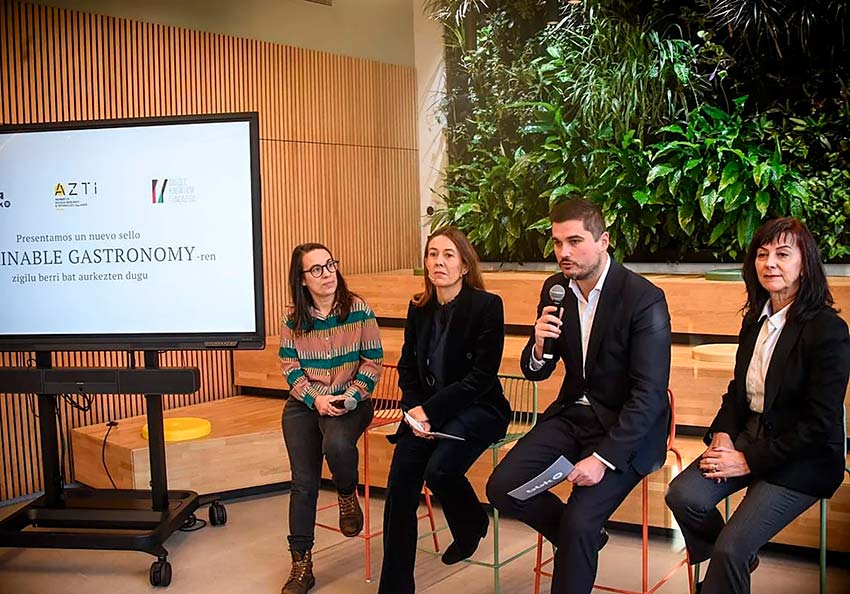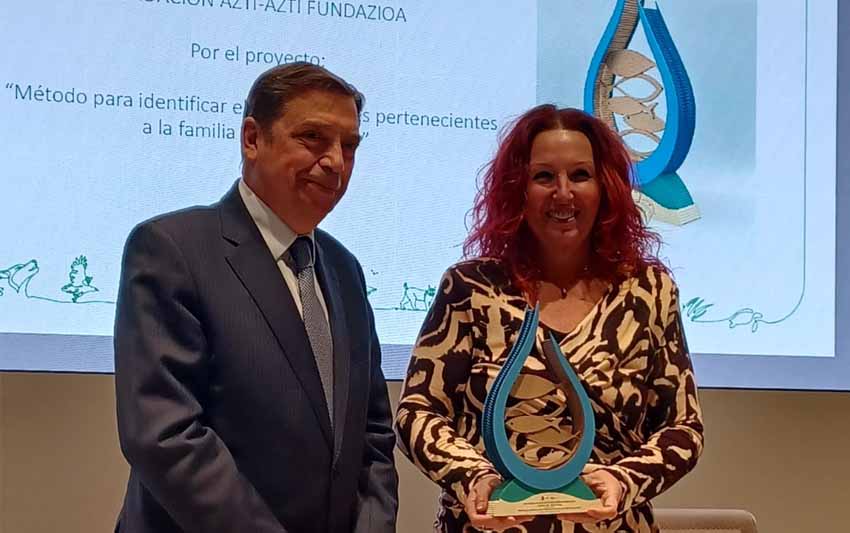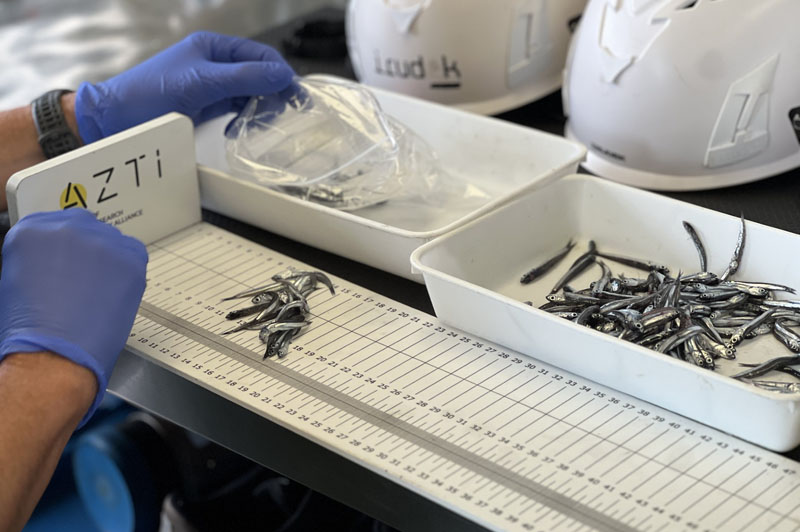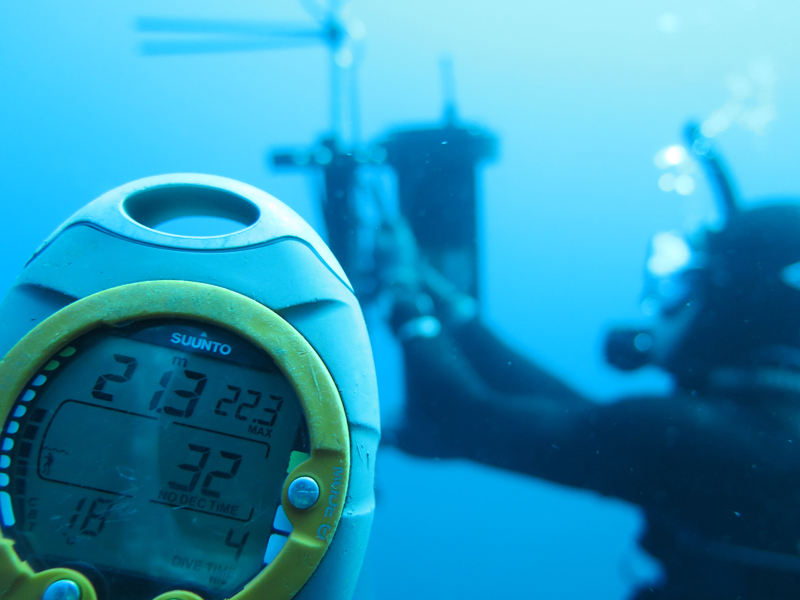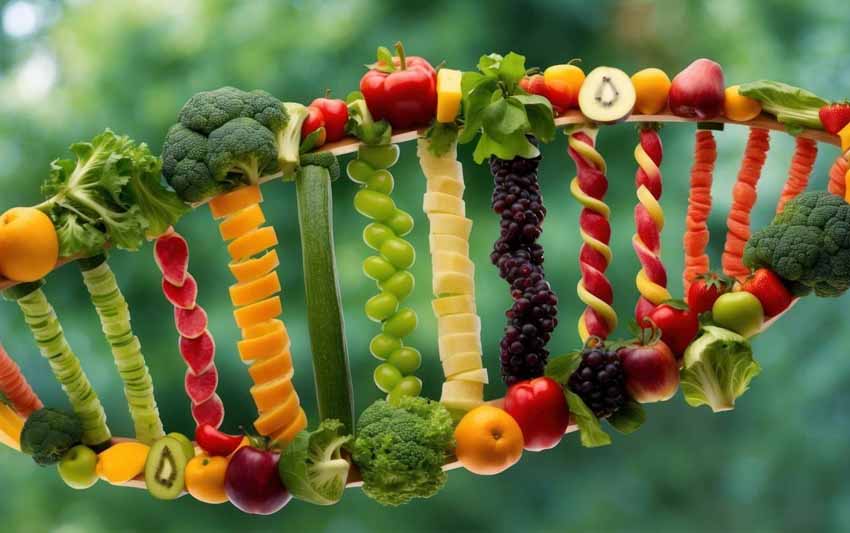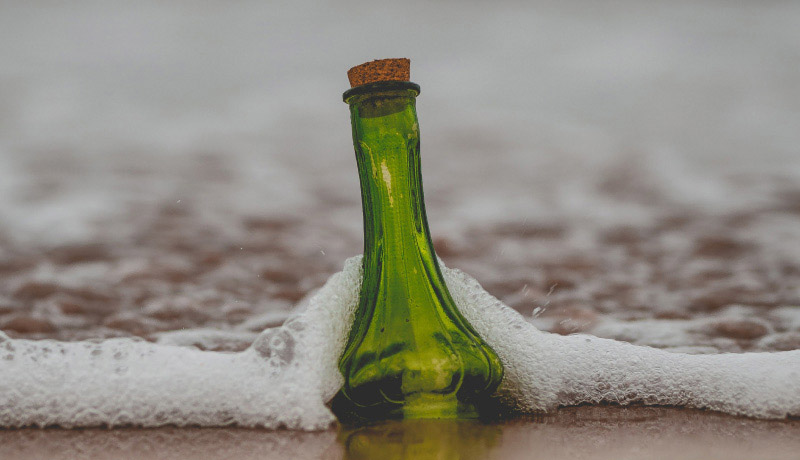Nueva doctora en AZTI: Haizea Domínguez
Últimas noticias
AZTI, BKHF y BBK KUNA presentan la certificación “Sustainable Gastronomy” como parte del compromiso con la gastronomía de Euskadi
AZTI gana el XXIV Premio JACUMAR con un método pionero para sexar esturiones mediante PCR
JUVENA 2025: La abundancia de anchoa juvenil en el Golfo de Bizkaia crece y duplica la media histórica
El pasado 27 de Mayo, Haizea Dominguez defendió con éxito su Tesis Doctoral titulada “Obtention of free amino acid-rich protein hydrolysates from rainbow trout viscera for their use as intermediate products in the formulation of plant biostimulants”.
La investigación, dirigida por Carlos Bald (AZTI) y Jalel Labidi (EHU), se enmarcó en el proyecto de investigación H2020-RUR-2020-1 Project: 101000402 — SEA2LAND “Producing advanced bio-based fertilizers from fisheries wastes”.
El tribunal estuvo compuesto por Sagrario Beltrán (Universidad de Burgos), María González Alriols (EHU) y Tufan Eroldogan (University of Cukurova) y la tesis recibió la calificación unánime de Sobresaliente. Dicho tribunal destacó la gran aplicabilidad futura de la tesis y su clara orientación al mercado y a la economía circular, así como la completa contribución de la tesis planteada.
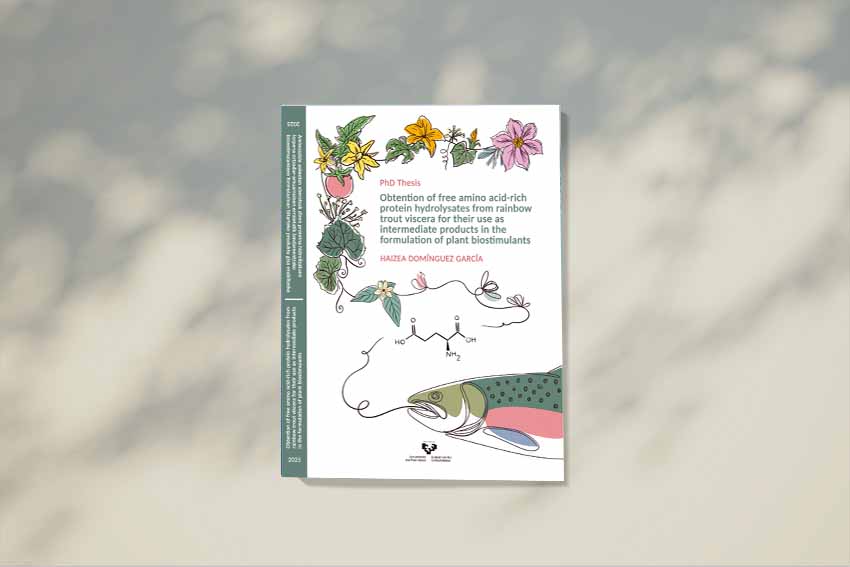
Resumen de la tesis (en inglés)
The rise of aquaculture in recent decades brings with it an increase in fish by-products. Among these by-products are the viscera, which are often processed into fishmeal plants or even dumped into landfills.
Due to today’s strong environmental insight and the rise of circular economy, the use of these viscera for other purposes is becoming more tangible. Fish viscera show very good potential to produce fish protein hydrolysates for different uses, for example, for producing plant biostimulants. However, their use in agriculture has not been very extended, and therefore, more research is needed to produce adequate ingredients to produce biostimulants for plants.
With this starting point, in this doctoral thesis three hydrolysis processes (autolysis, enzymatic hydrolysis and silage) were optimized in order to hydrolyse the protein contained in rainbow trout viscera, both using commercial enzymes and using the endogenous enzymes contained in the viscera. The main goal in all the processes was to obtain the maximum yield of free amino acids, which is the main ingredient in future biostimulants.
Thus, the comparison of the different hydrolysis processes was performed in terms of yield of free amino acids from viscera, yields of free amino acids from the total protein in the viscera, and degree of hydrolysis (calculated by dividing the free amino acid content by the protein content). A Life Cycle Assessment (LCA) and a techno-economic assessment of all the hydrolysis processes were also performed to assess and compare their environmental impact and their economic viability at industrial scale. These assessments also showed the weaknesses of the processes and therefore, improvements or changes were proposed.
The results showed that enzymatic hydrolysis was the most effective hydrolysis process, reaching a concentration of 50% of free aminos acids in 40% of dry matter. However, its environmental impact was much higher than the other processes and it was not economically profitable. Regarding the autolysis, it was not cost-effective, its environmental impact was medium, and it was not economically profitable in any case scenario. Therefore, the most successful process was silage, which was cost-effective, the environmental impact produced was low and it is economically profitable at industrial scale, being the selling price of the hydrolysate 0.8 €/kg and for the fish oil 1.6 €/kg.
The findings of this thesis represent an advance in the production of ingredients for the formulation of biostimulants from fish viscera. The use of endogenous enzymes in silage and autolysis supposes a step forward, as the typical method for obtaining fish protein hydrolysates in literature is enzymatic hydrolysis. Silage was a very successful method for obtaining free amino acid-rich protein hydrolysates from viscera, which can be elevated regarding Technology Readiness Levels and can be implemented in the industry, although agronomic performance assessments are needed to confirm their biostimulant effects and correlate these with the free amino acid profile of the hydrolysates.
